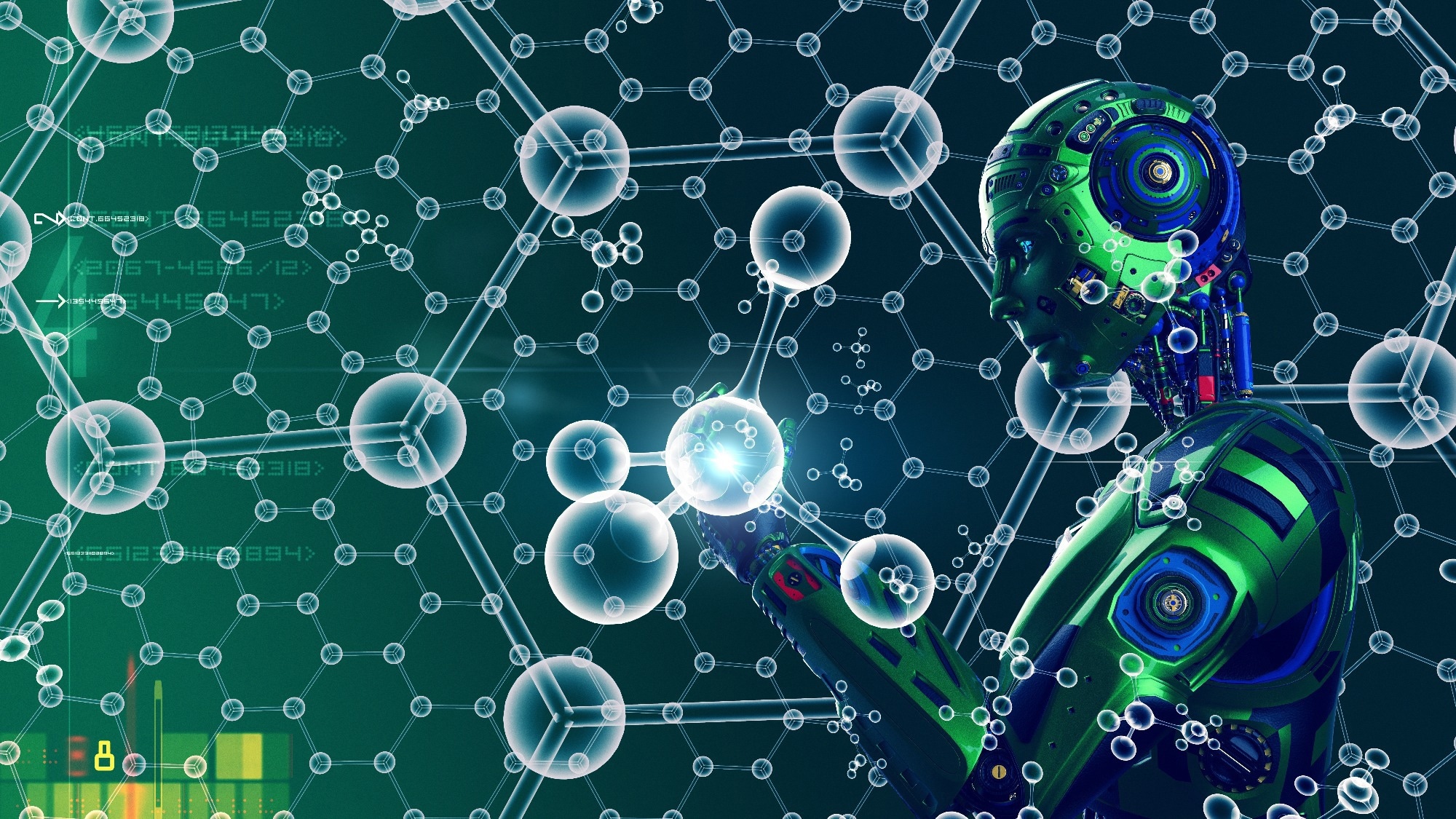A new AI-driven materials map unifies experiments and theory, helping scientists spot look-alike high-performance materials faster, cutting trial-and-error and bringing energy innovations like waste-heat recovery closer to real-world use.

Research: A materials map integrating experimental and computational data via graph-based machine learning for enhanced materials discovery. Image Credit: DRN Studio / Shutterstock
Selecting the right material from countless possibilities remains a central hurdle in materials discovery. Theory-driven predictions and experiment-based validations help us make informed selections, but their progress has long proceeded on separate tracks.
A team of researchers at Tohoku University has now bridged this gap by constructing an AI-built materials map that unifies literature-derived experimental data with representative first-principles computational data. This map could be a tool that leads researchers to the right material for a given situation - without wasting time getting lost along the way.
The Materials Map
This "materials map" is a big graph with an axis for thermoelectric performance (zT) and structural similarity, with each datapoint representing a material. On this map, structurally analogous (i.e., similar) materials appear in close proximity. Because such materials are typically synthesized and evaluated using similar methods and devices, the map enables experimentalists to rapidly identify analogs of unknown high-performance materials and to repurpose existing synthesis protocols as next steps, thereby reducing trial-and-error.
Study Approach
Led by Specially Appointed Associate Professor Yusuke Hashimoto and Professor Takaaki Tomai (FRIS) in collaboration with Assistant Professor Xue Jia and Professor Hao Li (WPI-AIMR), the research study aimed to combine computational predictions with experiment-based data to provide the most accurate picture. The approach builds on a previously assembled integrated dataset that combines StarryData2 literature data with computed entries from the Materials Project. They used this information to train MatDeepLearn (MDL) combined with a message passing neural network (MPNN) on predictors of thermoelectric properties.
"By providing an intuitive, bird's-eye view over many candidates, the map helps researchers to select promising targets at a glance, therefore it is expected to substantially shorten development timelines for new functional materials," remarks Hashimoto.
Future Applications
Looking ahead, the team plans to extend this framework beyond thermoelectric to include magnetic and topological materials. They also plan to incorporate additional descriptors (e.g., magnetic, chemical, and topological features) into a comprehensive, AI-assisted materials design support platform.
This "materials map" allows researchers to easily identify look-alike, potentially high-performing materials. This can accelerate innovation, reduce development costs, and expedite the real-world deployment of energy-related technologies, such as thermoelectric waste-heat recovery, which converts excess byproduct heat into usable energy.
Source
The findings were published online in APL Machine Learning.
Source:
Journal reference: